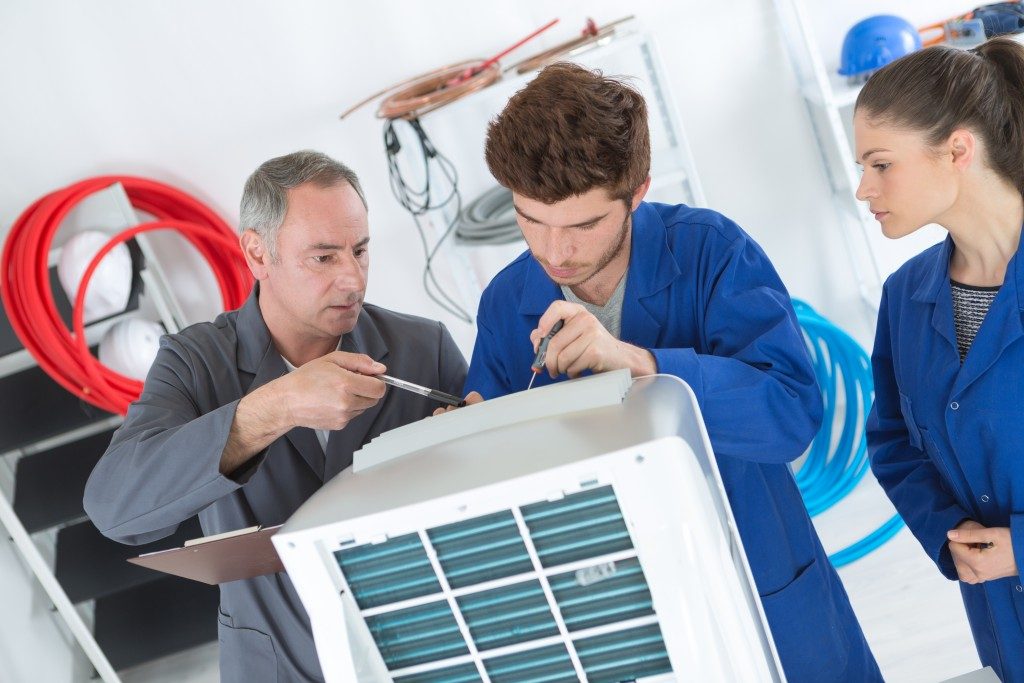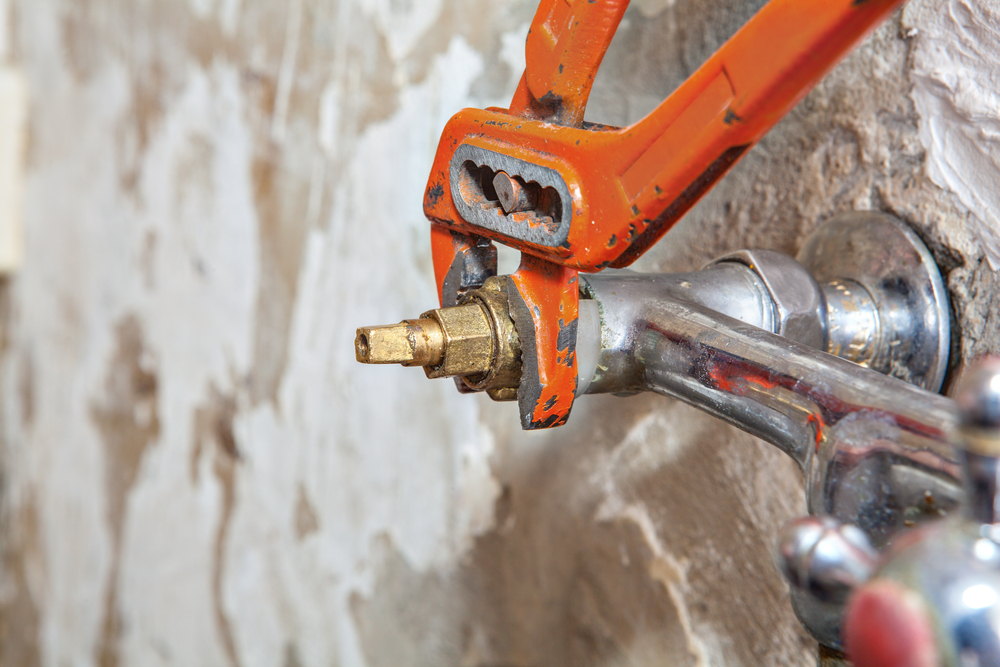One of the essentials of indoor comfort nowadays is indoor heating. The range of indoor heating equipment is now vast, but furnaces remain a leading option. Various parts work together in the furnace, but the core component is the heat exchanger.
This has no moving parts, and as such most property owners assume it needs no maintenance. Heat exchanger cracks are however a leading cause of furnace breakdown in Salt Lake City. The cracks arise from different issues, but mechanical failures are their most prevalent cause.
The following are the common mechanical failure categories responsible for these cracks.
Thermal Fatigue
Continuous thermal cycling in your furnace results in a buildup of stress on the heat exchanger. The stress causes thermal fatigue in your heat exchanger’s material and consequently cracks.
Cracks resulting from thermal fatigue often run in a radial manner and eventually cause a complete collapse of your heat exchanger.
Metal Erosion
 Your furnace has high-velocity fluids running through it throughout. This high velocity of the fluids results in metal erosion of the furnace’s pipes interior. A U-type heat exchanger is considered the one with the highest risk of metal erosion more so at its U-bend.
Your furnace has high-velocity fluids running through it throughout. This high velocity of the fluids results in metal erosion of the furnace’s pipes interior. A U-type heat exchanger is considered the one with the highest risk of metal erosion more so at its U-bend.
In other cases, metal erosion can take place on the surface of a furnace’s tubes secondary to the impingement of wet gases under high velocity.
Thermal Expansion
This is common in steam-heated exchangers but can happen in any furnace without a sufficient provision for heat expansion. Thermal expansion causes excessive internal pressure in the heat exchanger. The excess pressure causes cracks as it exceeds the strength of the material.
Most people do not think much of a cracked heat exchanger. The cracks caused by the mechanical failures mentioned here will, however, cause inefficient combustion of the gases in your furnace. This, in turn, decreases your furnace’s energy efficiency by up to 50% and causes carbon monoxide leaks.




